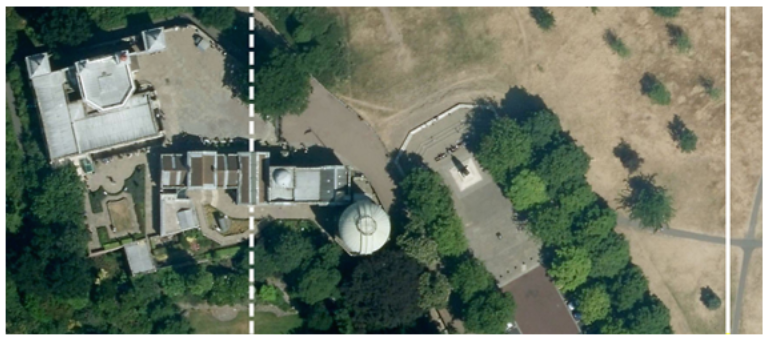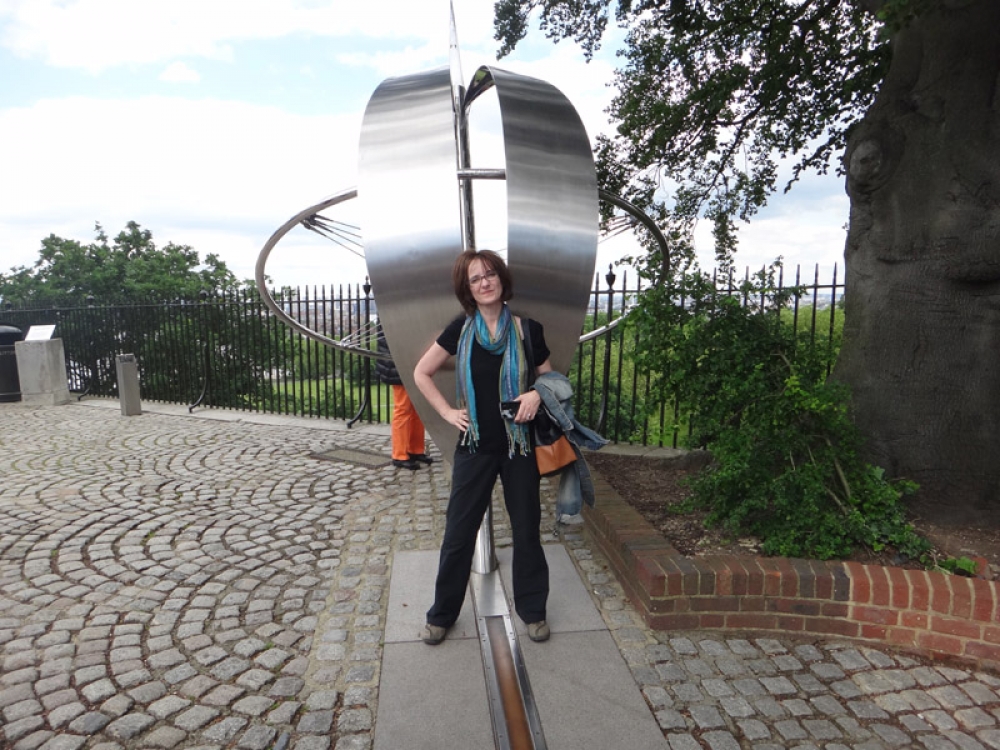Oct 112015We discovered geocaching quite few years ago. For us at Lizard Point, it was the perfect combination of geography, nature, technology and general geekiness. It also gave us a fun, cheap, and easy way to engage our kids when they were young. In looking for an item of interest to geography teachers, I went searching for examples of integrating it into lesson plans. Reading the piece, A geocaching treasure hunt helped my students learn about the landscape in the Guardian, by teacher Stephen Lockyer, made me think that this idea has occurred to a few of you.

In case you haven't geocached - it's really simple. Go to the official website and get a free account. In five minutes you can bring up a map of your neighbourhood and find pointers to caches that others have hidden away. I bet you'd find 10 within walking distance. You then note the GPS coordinates and you start your hunt. It's even easier if you just download the free app to your smartphone. After some trekking around and (perhaps) peeking at clues - you'll discover the cache. It will always contain a log and often some little trinkets. The idea is to sign the log, exchange some trinkets if you like, and record the find with the app.
Stephen worked geocaching into an outing that he had already planned and was able to integrate map reading into the lesson. His class was so engaged that they began a program to create and hide geocaches in their own neighbourhood after the field trip.
As the photos illustrate, our family always includes some geocaching when we're on holiday. These were taken on a beach in Scotland. And I can almost guarantee that you'll find some sights off the beaten path and well worth the hunt.
Oct 022015 The supposed meridian, passing through the Observatory (dotted line) and the actual one, 334 feet to the east in Greenwich Park. (Image: 2014 Google Maps, Infoterra Ltd & Bluesky)
The supposed meridian, passing through the Observatory (dotted line) and the actual one, 334 feet to the east in Greenwich Park. (Image: 2014 Google Maps, Infoterra Ltd & Bluesky)Many geography fans would consider the Prime Meridian an absolute must in terms of places to visit. And the Royal Observatory in Greenwich, England is likely to be the point on the Meridian that comes to most people's minds. We've been there a couple of times and have always patiently stood in line to place one foot on both sides of the famous east/west dividing line. Then taken the pictures to prove it. Imagine our surprise to learn that the real meridian is about 333 feet east, marked unceremoniously by a litter can!
As described in Frank Jacobs article, The Dustbin of Geography, in Big Think's website - this is probably a surprise to most visitors.
As most of our readers will know, any place on the earth can be referenced by its position on imaginary lines going north/south (latitude) and east/west (longitude). A line of longitude is called a meridian. Unlike latitude, where 0 degrees (the equator) is fixed by a natural definition (the axis of the earth's rotation), 0 degrees longitude is arbitrary. It could have been placed on any east/west point. Greenwich was established as the Prime Meridian of the world in 1884 - essentially by a vote (22 - 1 with 1 absention).
As Jacobs describes, the problem with the placement was grounded on a mis-measurement at the time that wasn't discovered until GPS technology arrived more than a century later. So, if you do go to the Royal Observatory (it's definitely fun), be sure and get that picture astride two hemispheres near that litter bin.
 Lizard Point's creator, Lyndsey, standing on what she thought was the Prime Meridian.
Lizard Point's creator, Lyndsey, standing on what she thought was the Prime Meridian.




